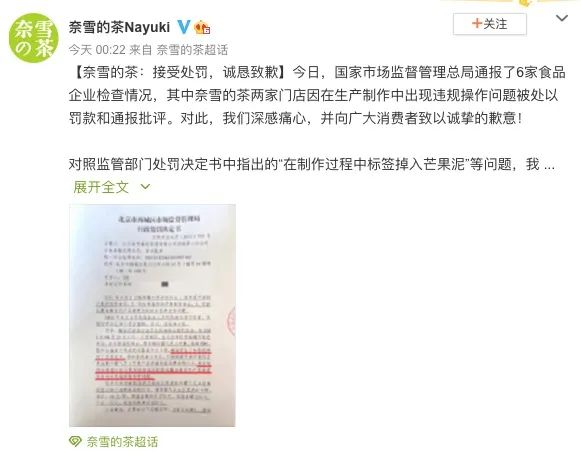The taste of all kinds of tea there are several kinds of good tea taste what is the taste of good tea taste
Have you ever wondered why the tea of the same kind of tea in different regions of the same country has completely different characteristics?
Or why the same kind of tea from different countries is so different in appearance?
The answer is very simple, that is the native land of tea. However, the concept of vernacular land is a little complicated. In fact, there is a whole book devoted to this subject.

If you are a wine lover, you have probably come across this word before. French winemakers initially put forward the concept of "local soil", which became the basis of French wine origin control area (AOC). This is the model of French wine names and rules, and then spread around the world.
Today, terroir is used in many food and beverage handicrafts, each with a different definition of the meaning of terroir. Even wine experts cannot fully agree with its definition. Fortunately, most tea experts agree that terroir refers to climate, soil, altitude and latitude. Other factors that affect the soil, to a lesser extent, include: cultivation methods, plant materials (varieties), growing season, picking types, and historical rules.
Climate
Climate is essential to the development of plant flavor, aroma and survival. Tea is most suitable for growing in tropical or subtropical areas, which provide the necessary moisture, humidity, sunlight and temperature for tea.
Tea cannot be preserved well in an environment that is too hot or too cold, although some varieties have been cultivated to grow in these areas. However, an overly constant climate can form simple teacup characteristics.
The tea plant needs some climate stress so that its internal defenses, known as secondary metabolites, play a role. These internal defenses help to form complex and unique flavors and aromas. Darjeeling tea in India is a good example.

Soil
Soil quality is important to ensure that plants get the nutrients they need to grow and thrive. Although we often call the tea tree a shrub, when growing in the wild, it can grow to more than 30 feet, more like a tree.
The roots of the tea trees planted are about six feet deep, so there must be loose soil free of limestone or clay. Tea plants grow well in many different soil types as long as the soil is acidic (pH values range from 4.5 to 5.5).
This makes these nutrients easier to absorb. The soil must have good moisture, but it must not retain too much water, or the plants will drown. This is why we often see tea gardens or planted on hillsides.
Minerals are also very important to the internal function of tea and have a great influence on the taste of tea. Wuyi oolong tea is praised for its mineral cup-shaped characteristics, which is due to the high mineral content in the soil.
Altitude
Altitude plays a key role in the development of tea aromatic essential oil. High altitude stress on plants can inhibit these secondary metabolites and promote the formation of delicate aroma. At this altitude, the growth rate of tea will slow down, and the essential oil can be further concentrated. Stressors such as ultraviolet radiation from the sun, warm days, cold nights, fog and hypoxia all play a role in the development of these aromatics. Taiwan's oolong flower, which grows above 5000 feet, is a good example.

Latitude
Latitude is one of the factors indicating the number of tea harvests. At latitudes near the equator, tea can be harvested all year round. For example, Sri Lanka, which is located at 8 degrees north latitude, produces tea all year round, with a new wave of tea about every 80 days.
However, if the latitude is 15 degrees north or more than 15 degrees south, the tea will dormant in winter. During this time, when the night gets longer and the temperature gets colder, the tea becomes tense. The first batch of tea harvested after this dormancy cycle produces some of the most expensive teas.
Other factors
Other influential factors are due to the interaction between human and plant material processing. Cultivation methods that have an impact on tea include:
Japanese steamed green tea and Chinese fried green tea
Traditional treatment and CTC treatment
The machine is green and the hand is green.
Withering method
Processing method of Oolong Tea
Tanqing standard
Method of killing green

Knowing the culture of your favorite tea can let you know what kind of tea you like. This will make it easier for you to find new teas to try.
Tea is still a kind of agricultural product, and the difference between different crops is inevitable.
Some characteristics are more prominent in one year and may not be obvious in other years.
Important Notice :
前街咖啡 FrontStreet Coffee has moved to new addredd:
FrontStreet Coffee Address: 315,Donghua East Road,GuangZhou
Tel:020 38364473
- Prev

Nai Xue's Tea responds to the latest Food Safety incident how famous and wealthy the founder and his wife are.
After less than two months on the market, "Nai Xue's Tea" is beset with difficulties, with frequent food safety problems on the one hand and the founder's wealth on the other. This morning, the new tea brand "Nai Xue's Tea" once again entered the hot search list of Weibo due to food safety issues. It is understood that on August 23, the State Administration of Market Supervision and Administration informed the inspection of six food enterprises, including well-known online celebrity tea.
- Next

What do you think of a barista? what do you think of a barista? Necessary skills for baristas in the new era
The weather is always unpredictable recently, with sunny mornings and torrential downpours in the afternoon, especially towards the end of the day, God begins to cast spells. A bolt of lightning cut through the sky, and the rain as heavy as a huge peak of grapes fell densely from above my head, and then quickly merged with the earth. Oh, my old man is going to wash the car again tonight. I'm so happy. While everyone is
Related
- The milk tea cup becomes smaller?! Overlord Tea Girl launches a new "Return to Yunnan" series
- Accused of selling counterfeit and high-priced coffee beans! Well-known boutique coffee brand "Oukelao" bowed and apologized!
- How to make espresso dumplings? Can I eat coffee and glutinous rice balls together?
- Save the unformed and stagnant powder cakes in one second! What is the problem with stagnant water in the powder bowl of the espresso machine?
- What does hand-brewed coffee stop mean? Why is it not recommended to make coffee by hand?
- Is it normal to smell like coffee? Why does coffee smell like alcohol? What's wrong with the strong smell of cold extract ice dripping ice brewed coffee?
- How to solve the problem that hand-brewed coffee extraction takes too long? Why is the water flowing so slowly when making coffee?
- The main points of making Australian white coffee, the proportion details, how does Australian white properly foam and blend the flowers?
- Can ice water make cold extract coffee? What is the difference between room temperature water and ice water for making cold coffee?
- What milk is best for making latte and white Dirty coffee? What is the difference between different brands of fresh milk and pure milk for making coffee?

